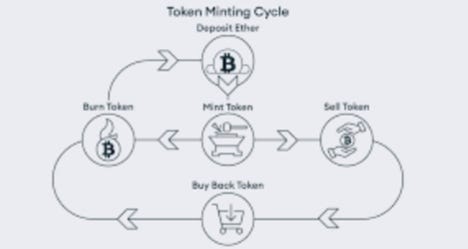Understanding Token Minting in Blockchain Technology
Written on
Chapter 1: Introduction to Token Minting
Token minting refers to the process of creating new tokens within a blockchain environment. These tokens can represent various forms of value, such as cryptocurrencies, utility tokens, or even digital representations of tangible assets.
The minting process is generally facilitated by a blockchain protocol or smart contract platform, which assists in the generation and management of tokens. Here’s a broad overview of how token minting operates:
- Selection of a Blockchain Network: The first step involves selecting a blockchain network or a smart contract platform like Ethereum. The chosen platform should support token standards such as ERC-20 for fungible tokens or ERC-721 for non-fungible tokens, along with the necessary functionalities.
- Choosing a Token Standard: The token standard is selected based on the requirements of the project or application. These standards establish the rules and characteristics of the tokens, including their creation, transfer, and interaction. For instance, ERC-20 is commonly used for fungible tokens, whereas ERC-721 is designated for unique, non-fungible tokens.
- Smart Contract Development: A smart contract is developed according to the selected token standard. This contract governs the actions and properties of the tokens, functioning as a self-executing digital agreement. It includes specifications for token creation, total supply, initial distribution, and other relevant conditions.
- Minting Functionality: The smart contract typically features a specific function, often labeled “mint,” which authorizes designated entities or addresses to generate new tokens. This function is defined within the contract’s code and can incorporate various parameters, such as the number of tokens to mint and the recipient's address.
- Minting Authorization: Depending on the design of the token, the minting function may require permission or authorization from particular entities or addresses. This ensures that token creation is regulated, preventing unauthorized minting. Access control measures, such as maintaining an approved list of addresses or utilizing access tokens, can enforce this authorization.
- Token Creation Process: When the minting function is invoked with the necessary parameters and authorization, new tokens are created and distributed accordingly. The overall supply of tokens increases, and the newly minted tokens are transferred to the specified address, making them ready for trading, transfer, or any intended use.
It's essential to acknowledge that the platform used for blockchain or smart contract execution is tailored for token minting. While the minting process may differ across platforms or use different terminologies, the fundamental concept of generating new tokens remains consistent. Additionally, there may be transaction fees associated with the minting process, which can vary based on the blockchain network employed.

Section 1.1: Exploring Token Minting
Token minting is a crucial aspect of blockchain technology, enabling the creation and distribution of digital assets. Understanding the underlying mechanisms can help users navigate the complexities of the cryptocurrency landscape.
The first video titled "Crypto Education - Token Minting Explained | Animation | Cryptomatics" provides a visual breakdown of token minting, illustrating the steps involved in the process.
Section 1.2: The Importance of Token Standards
Token standards play a pivotal role in defining the characteristics of tokens, influencing their functionality and usability in various applications.
The second video, "Mint Tokens - What Does It Mean On Crypto And DEFI," delves into the significance of token standards within the realm of cryptocurrency and decentralized finance (DeFi).